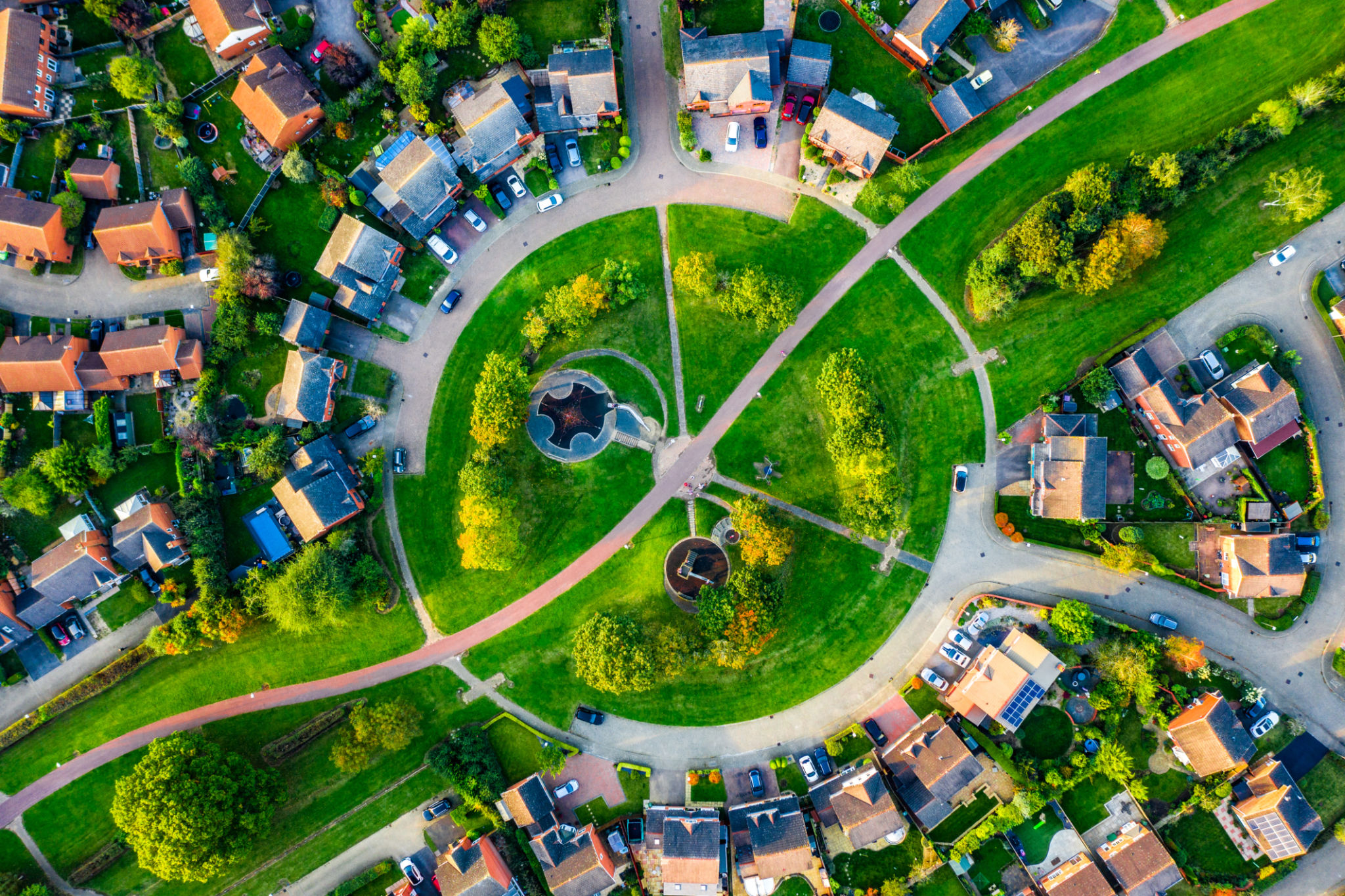Understanding the Impact of Avian Collision Prevention on Local Ecosystems
Introduction to Avian Collision Prevention
Bird collisions with man-made structures are a significant concern for both conservationists and urban planners. These incidents not only threaten avian populations but also disrupt local ecosystems. Understanding the impact of avian collision prevention is essential for fostering a harmonious balance between human development and nature.
Structures such as skyscrapers, wind turbines, and power lines pose considerable threats to birds. As avian species navigate their migratory routes or daily activities, these structures often obstruct their paths, leading to fatal collisions. Implementing effective prevention measures can significantly reduce these incidents, preserving bird populations and maintaining ecological equilibrium.

Mechanisms of Avian Collision Prevention
Various strategies have been developed to mitigate bird collisions. These include implementing bird-safe building designs, using visible markers on transparent surfaces, and adjusting lighting to minimize disorientation during night flights. Such measures are critical in reducing the mortality rates of birds in urban areas.
One effective method is the application of patterned window films or decals, which make glass surfaces more visible to birds. Additionally, altering the lighting in and around buildings can help prevent nocturnal birds from becoming disoriented and colliding with structures.
The Role of Technology
Advancements in technology have further enhanced collision prevention efforts. Radar systems and acoustic deterrents can alert birds to potential obstacles, while predictive modeling helps identify high-risk areas. These innovations are vital for designing more bird-friendly environments.

Benefits for Local Ecosystems
Preventing avian collisions has profound benefits for local ecosystems. Birds play crucial roles as pollinators, seed dispersers, and pest controllers. By maintaining healthy bird populations, ecosystems remain balanced, promoting biodiversity and ecological health.
Moreover, birds contribute to the aesthetic and recreational value of natural spaces. Their presence enhances human enjoyment of the environment, encouraging eco-tourism and fostering a deeper appreciation for wildlife conservation.
Community Engagement and Education
Engaging local communities in avian collision prevention efforts is essential. Educational programs can raise awareness about the importance of protecting bird populations and inspire collective action. Community involvement ensures that conservation measures are sustainable and effective over time.

Challenges and Future Directions
While significant progress has been made in avian collision prevention, challenges remain. Urban development continues to expand, increasing the risk of collisions. Balancing growth with conservation requires ongoing collaboration between policymakers, developers, and conservationists.
Looking forward, continued research and innovation are crucial. Exploring new materials, technologies, and strategies will help further reduce avian collisions. Collaborative efforts can lead to more comprehensive solutions that benefit both birds and human communities.
Conclusion
Understanding the impact of avian collision prevention on local ecosystems is vital for achieving sustainable coexistence with nature. By implementing effective strategies and fostering community involvement, we can protect bird populations and enhance the health of our ecosystems. This commitment not only preserves wildlife but also enriches our natural world for future generations.